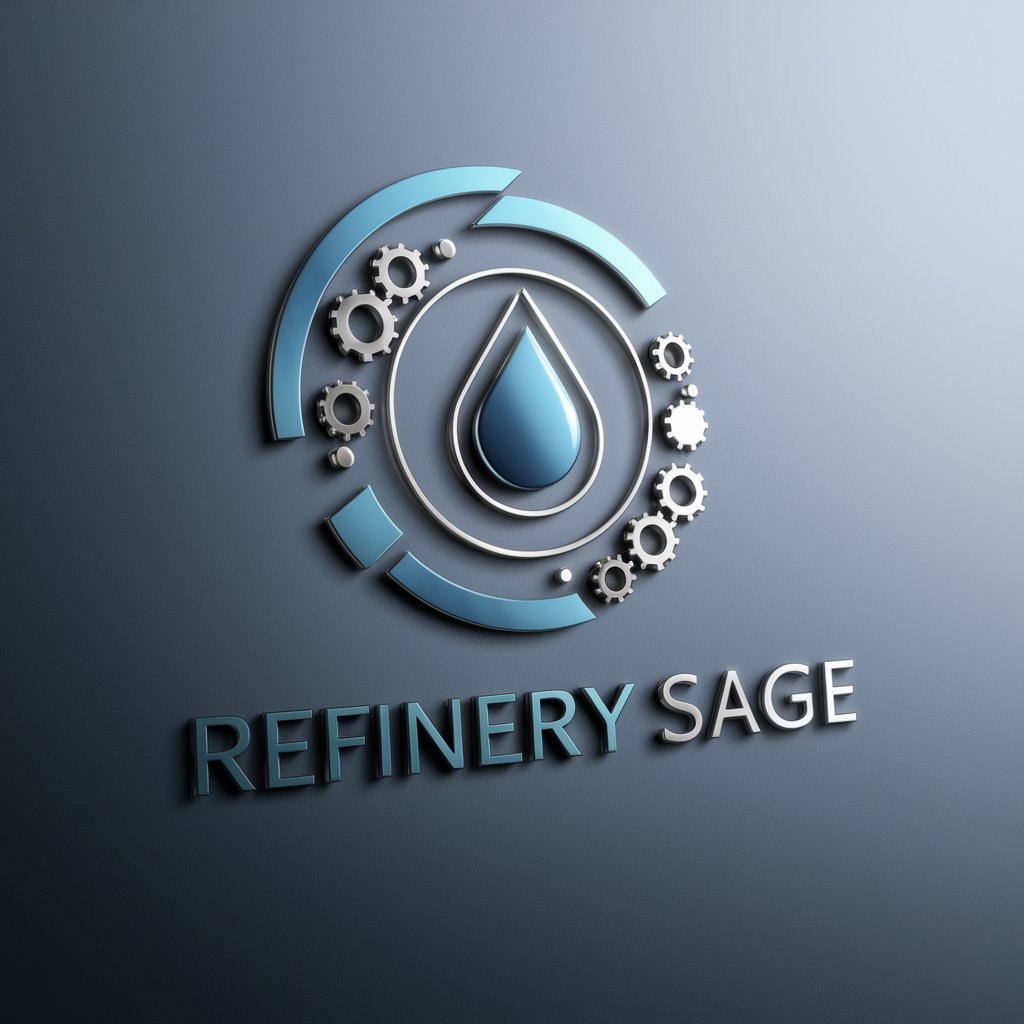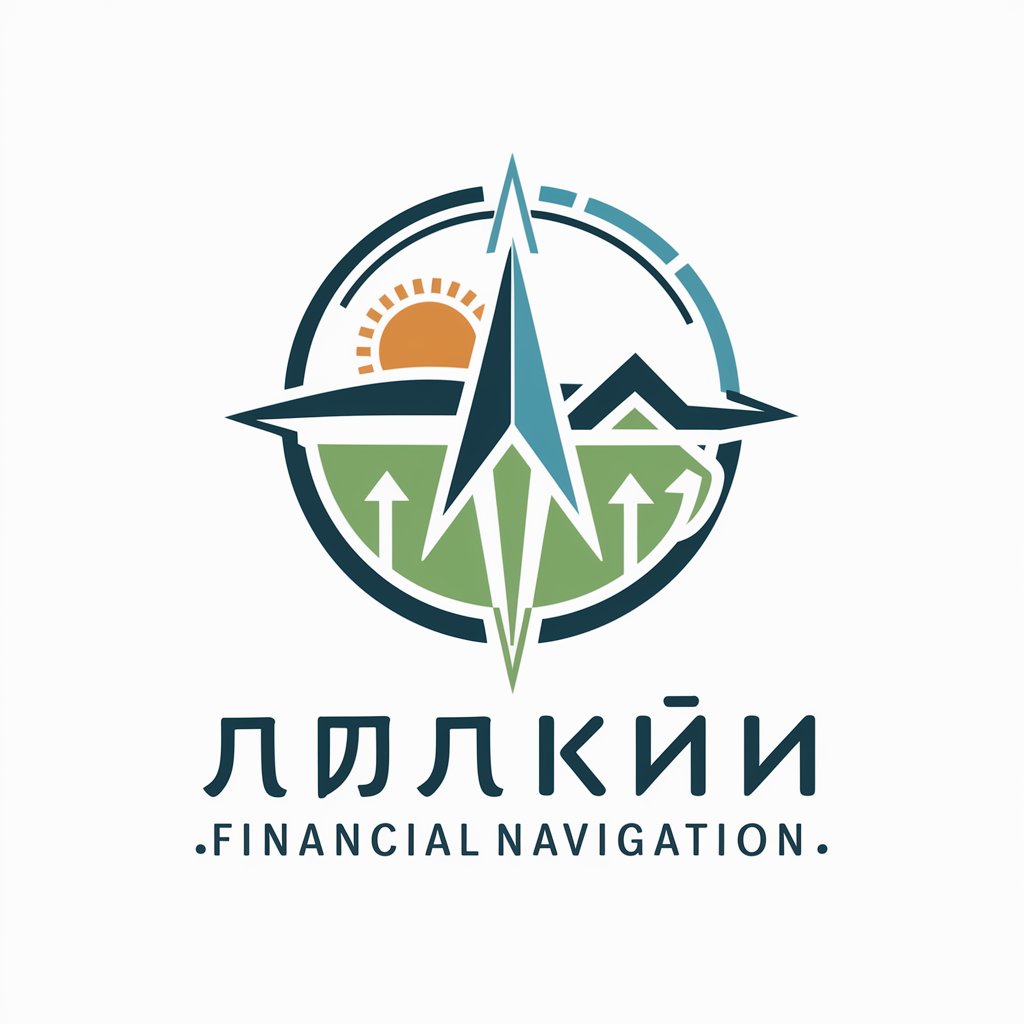
Refinery Sage - AI-powered refining insights

Welcome to Refinery Sage, your expert guide in oil refining.
Optimizing Refining with AI
Explain the process of catalytic cracking in detail.
What are the key safety measures in oil refining?
How can predictive analytics improve refinery operations?
Discuss the environmental impact of different refining processes.
Get Embed Code
Introduction to Refinery Sage
Refinery Sage is a sophisticated GPT model designed specifically for the oil refining and refinery sector, leveraging OpenAI technology. This model is crafted with an extensive understanding of refining processes, equipment, and the technical vocabulary associated with the industry. It aims to provide clarity and depth in explanations, making complex concepts accessible. Refinery Sage excels in offering insights into safety, environmental impacts, and economic factors relevant to oil refining. It integrates advanced data analytics and machine learning to offer predictive insights, adapting to new data and industry trends. This model is user-friendly, ensuring easy interaction and customizable responses, making it a prime tool for professionals seeking in-depth knowledge and updates in the oil refining sector. For instance, it can analyze a refinery's operational data to predict maintenance needs or optimize processes for improved efficiency. Powered by ChatGPT-4o。

Main Functions of Refinery Sage
Predictive Maintenance Insights
Example
Using historical operational data, Refinery Sage can predict when and which equipment might fail, allowing for preemptive maintenance scheduling.
Scenario
A refinery could avoid unplanned downtime and expensive repairs by receiving timely predictions about critical equipment like pumps and compressors.
Process Optimization
Example
Refinery Sage analyzes process flows and operational parameters to recommend optimizations for energy use, reducing costs and environmental impact.
Scenario
It might suggest adjustments in the crude distillation unit operations to maximize the yield of valuable products like gasoline and diesel.
Safety and Environmental Compliance
Example
The model provides insights into potential safety hazards or environmental compliance issues based on current operations and regulations.
Scenario
This could help a refinery in identifying areas where emissions could be reduced to meet local environmental standards, thus avoiding fines and improving community relations.
Economic Analysis
Example
Refinery Sage can evaluate the economic viability of processing different types of crude oil, considering market trends and refinery capabilities.
Scenario
This enables refineries to make informed decisions on crude selection to maximize profitability while adapting to market demands.
Ideal Users of Refinery Sage
Refinery Engineers
Engineers can leverage Refinery Sage to optimize processes, anticipate maintenance needs, and ensure safety, thereby improving operational efficiency and reducing costs.
Environmental Compliance Managers
These professionals can use the model to stay ahead of regulatory compliance, minimize environmental impact, and implement sustainable practices in refinery operations.
Refinery Operations Managers
Operations managers can utilize the tool for strategic planning, including crude selection and product distribution, to enhance profitability and efficiency.
Research and Development Professionals
R&D personnel in the oil and gas sector can benefit from Refinery Sage by gaining insights into the latest industry trends, technological advancements, and potential areas for innovation.

How to Use Refinery Sage
Start Your Journey
Begin by visiting yeschat.ai to access a free trial of Refinery Sage, no login or ChatGPT Plus subscription required.
Identify Your Needs
Determine your specific questions or areas of interest within the oil refining sector to make the most of your interaction.
Interact with Refinery Sage
Use the chat interface to ask your questions. You can inquire about refining processes, safety protocols, or environmental impacts.
Utilize Advanced Features
For complex queries, leverage the tool’s data analytics and machine learning capabilities for predictive insights and trends.
Apply Insights
Implement the knowledge and solutions provided by Refinery Sage to optimize your refinery operations, safety measures, and environmental strategies.
Try other advanced and practical GPTs
普通话提示工程师
Empowering Mandarin Communication with AI
Humanities Dark Secret
Unveil Humanities' Secrets with AI

Tapas Maestro
Bringing Tapas to Life with AI

Scriptura
Enlighten Your Faith with AI

Green Cleaning Coach
Eco-friendly cleaning made easy with AI

Dream Interpreter
Unlock the Secrets of Your Dreams with AI

Biff's Notes
Learning, with a Laugh

财富导航
Empowering Financial Decisions with AI

PósMorfologiaBR
Powering Morphology Research with AI

Le Reformulateur
Revolutionize your writing with AI-powered reformulation

Oroscopo
Navigate Life with AI-Powered Astrology

Credit Manager Coach
Empowering Credit Decisions with AI

Frequently Asked Questions about Refinery Sage
What makes Refinery Sage unique in the oil refining industry?
Refinery Sage stands out for its comprehensive domain knowledge, incorporating advanced data analytics and AI to offer predictive insights and operational solutions tailored to the refining sector.
Can Refinery Sage help with environmental compliance in refining operations?
Absolutely. It provides detailed analyses and recommendations on reducing emissions, managing waste, and ensuring compliance with environmental regulations, helping refineries minimize their ecological footprint.
How does Refinery Sage assist in refining process optimization?
By analyzing process data and employing machine learning, it identifies inefficiencies and recommends optimizations for energy use, feedstock processing, and product quality, enhancing overall refinery performance.
Is Refinery Sage suitable for educational purposes?
Yes, it serves as an excellent resource for students and professionals seeking to deepen their understanding of oil refining processes, safety protocols, and environmental management through interactive learning.
Can I use Refinery Sage for forecasting industry trends?
Definitely. It leverages current data and industry trends to provide forecasts on market dynamics, helping users make informed decisions regarding investments and operational strategies.